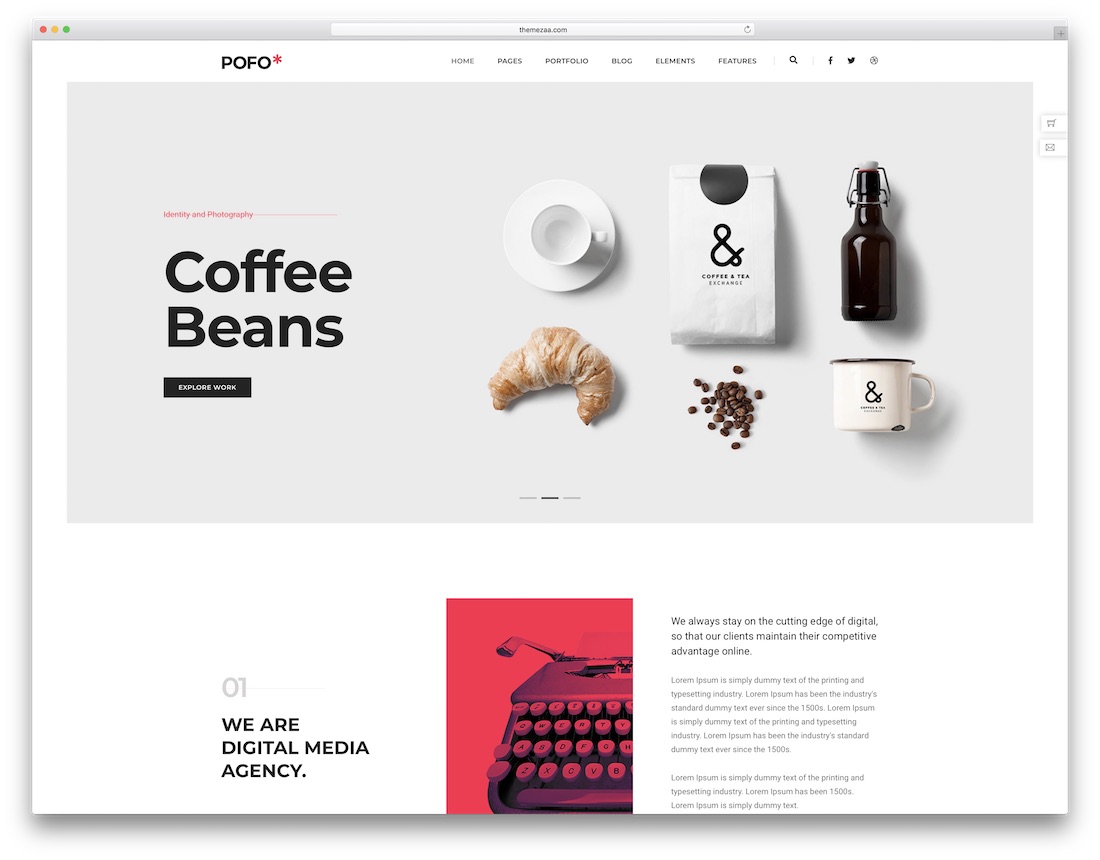Rise by Six: Your Daily Dose of Inspiration
Explore insights and stories that elevate your day.
Web Wonders: Crafting Visual Stories
Unleash creativity with Web Wonders! Discover how to craft stunning visual stories that captivate and engage your audience.
Unlocking the Secrets of Effective Visual Storytelling
Effective visual storytelling is an art that combines powerful imagery with narrative techniques to convey messages in a memorable way. The key to unlocking its secrets lies in understanding the emotional connection that visuals create. By using elements such as colors, composition, and contrast, storytellers can evoke specific feelings and responses from their audience. For instance, warm colors like red and orange can create a sense of excitement, while cooler colors tend to evoke calmness and tranquility. Knowing how to manipulate these elements can transform an ordinary story into an unforgettable experience.
Another crucial aspect of effective visual storytelling is the ability to convey a message quickly and clearly. In a world inundated with information, clarity is essential. Utilizing simplistic yet impactful visuals, such as infographics, can break down complex ideas into digestible formats that captivate viewers. Furthermore, incorporating storytelling frameworks like the Hero's Journey can provide a relatable narrative structure that keeps the audience engaged from beginning to end. Mastering these techniques will ultimately enhance your storytelling skills, allowing your messages to resonate more powerfully with your audience.

5 Essential Tips for Creating Stunning Visual Narratives
Creating stunning visual narratives is a crucial skill in today’s content-driven world. To start, focus on storytelling; every great visual should convey a message that resonates with your audience. Consider using images, illustrations, or videos that not only captivate but also enhance the story you wish to tell. Remember to maintain a consistent theme throughout your visuals to create a cohesive narrative that keeps viewers engaged.
Next, utilize color and contrast effectively. Colors can evoke emotions and set the tone for your narrative. Incorporate a color palette that aligns with the theme of your content while ensuring a clear contrast between elements. Additionally, consider the composition of your visuals; the rule of thirds can help create dynamic images that catch the viewer’s eye. Finally, don’t overlook the importance of text placement—ensure that your text is legible and complements your visuals rather than distracting from them.
How to Choose the Right Visuals to Tell Your Story
Choosing the right visuals to tell your story is crucial for capturing your audience's attention and enhancing their understanding of your message. Start by identifying your target audience and the key emotions you want to evoke. Are you trying to inspire, inform, or entertain? Visuals should align with these emotional goals. For instance, if you're telling a heartfelt story, consider using soft colors and warm imagery to create a comforting atmosphere. Alternatively, if your story is more exciting or adventurous, bold colors and dynamic graphics might be more appropriate.
Once you understand the emotional underpinnings of your story, the next step is to select the format and style of your visuals. Here are some options to consider:
- Photography: Real images can create a personal connection with the audience.
- Illustrations: Custom illustrations allow for unique storytelling angles and creativity.
- Infographics: Use data to tell a compelling story visually, making complex information easily digestible.
- Videos: Combine motion, sound, and visuals for a powerful narrative experience.